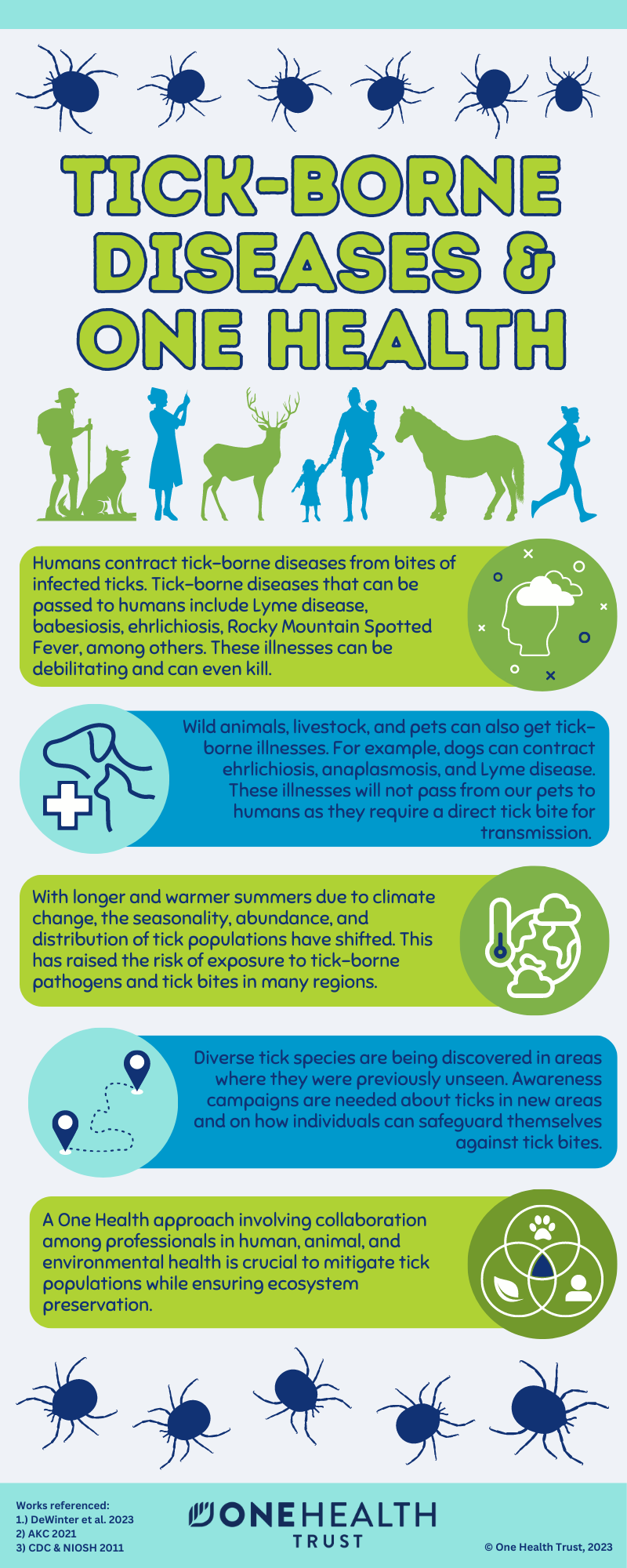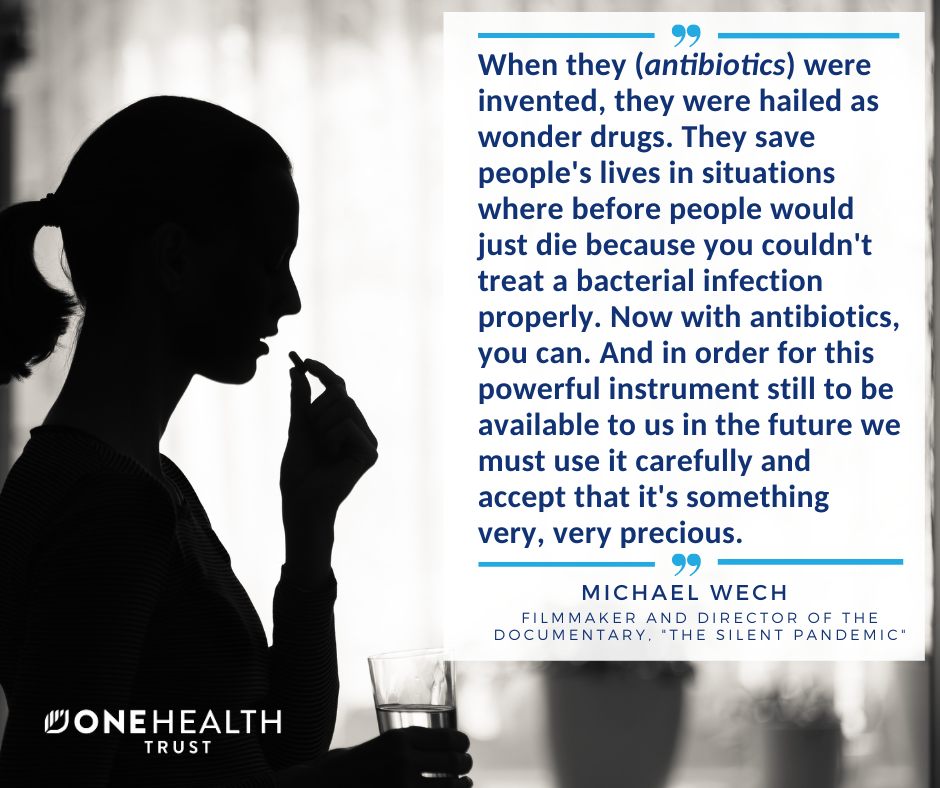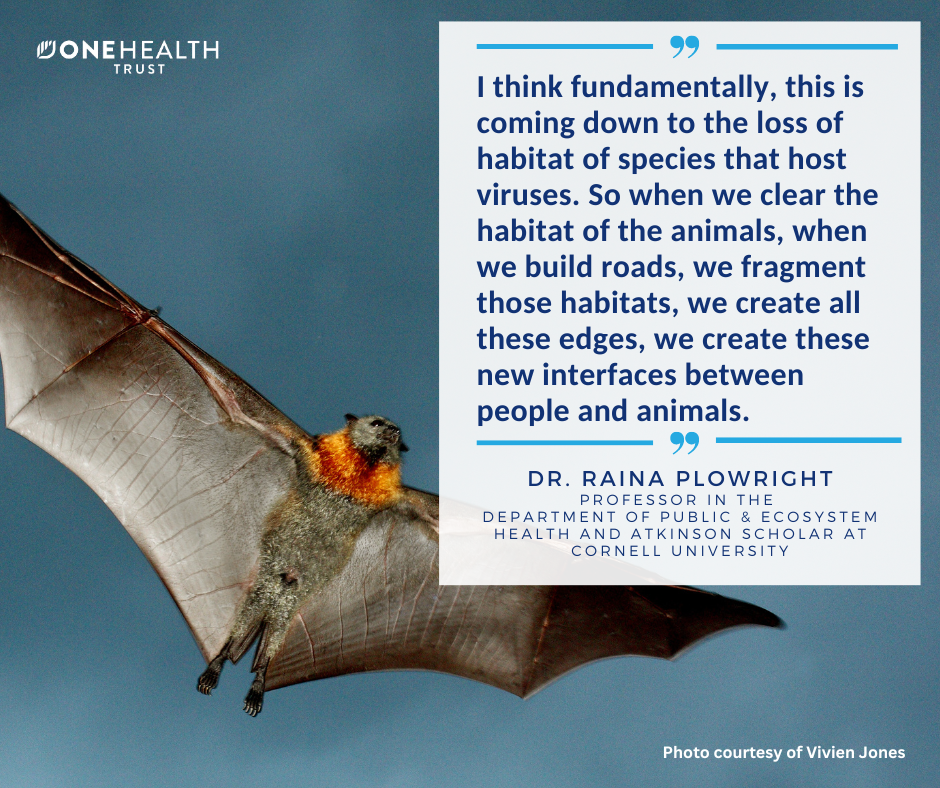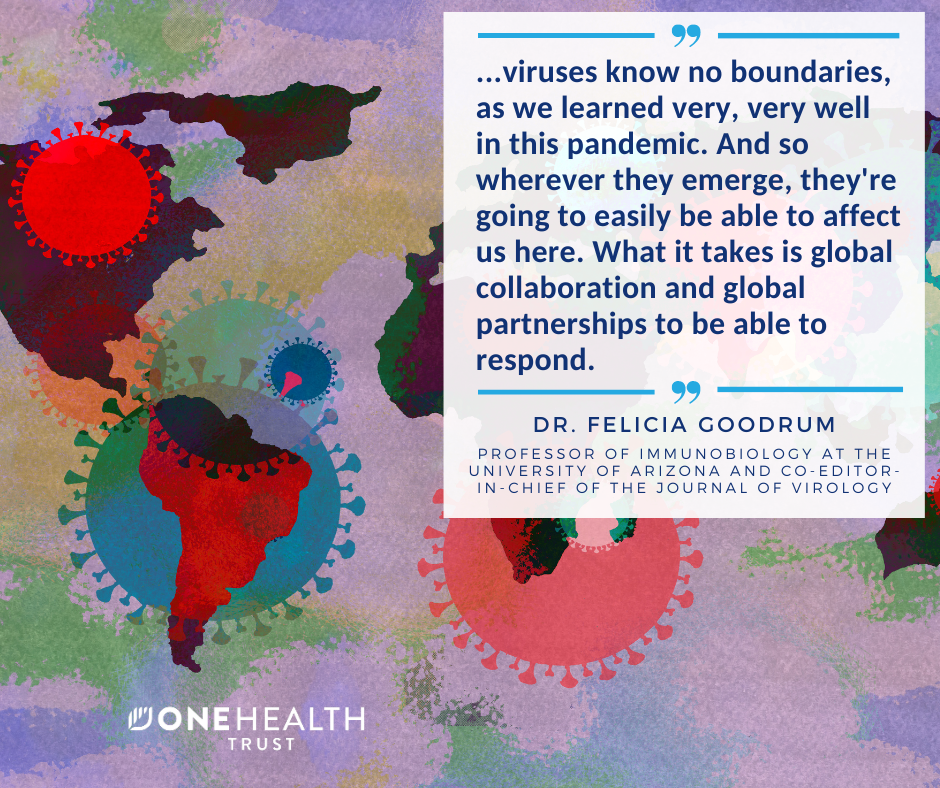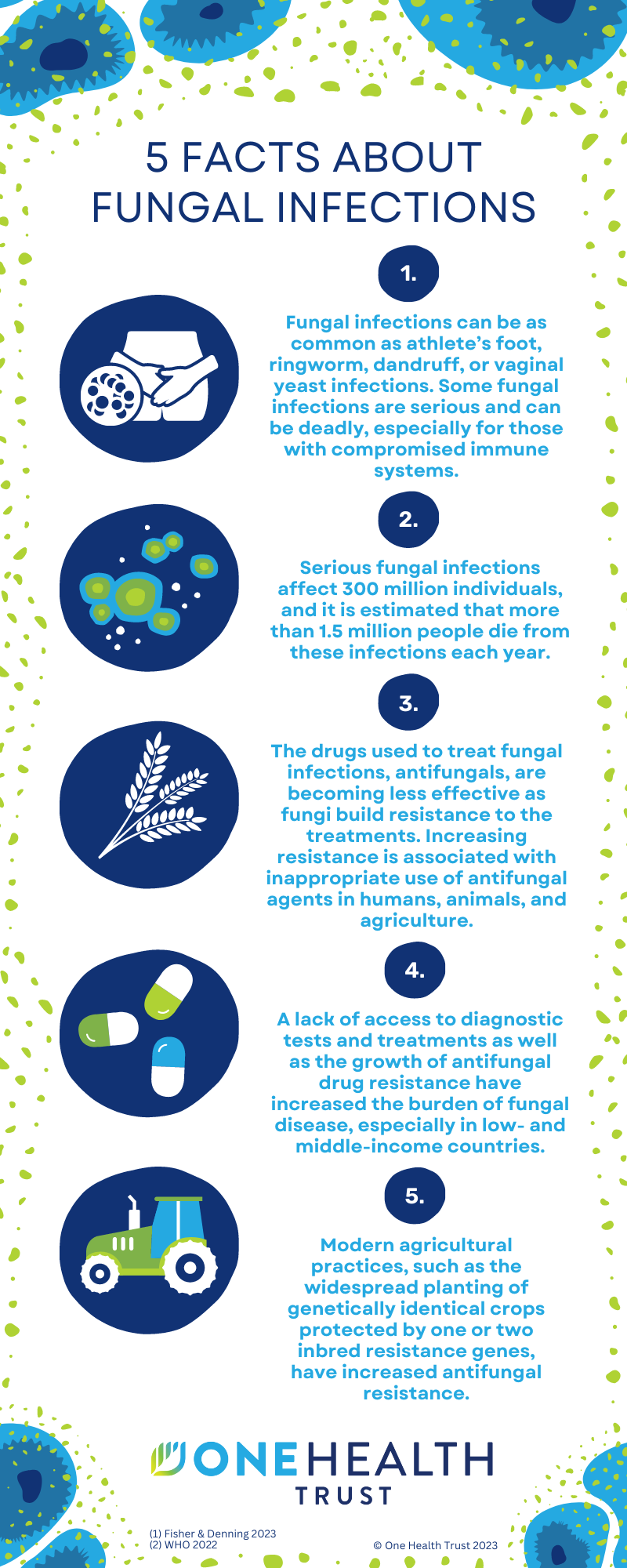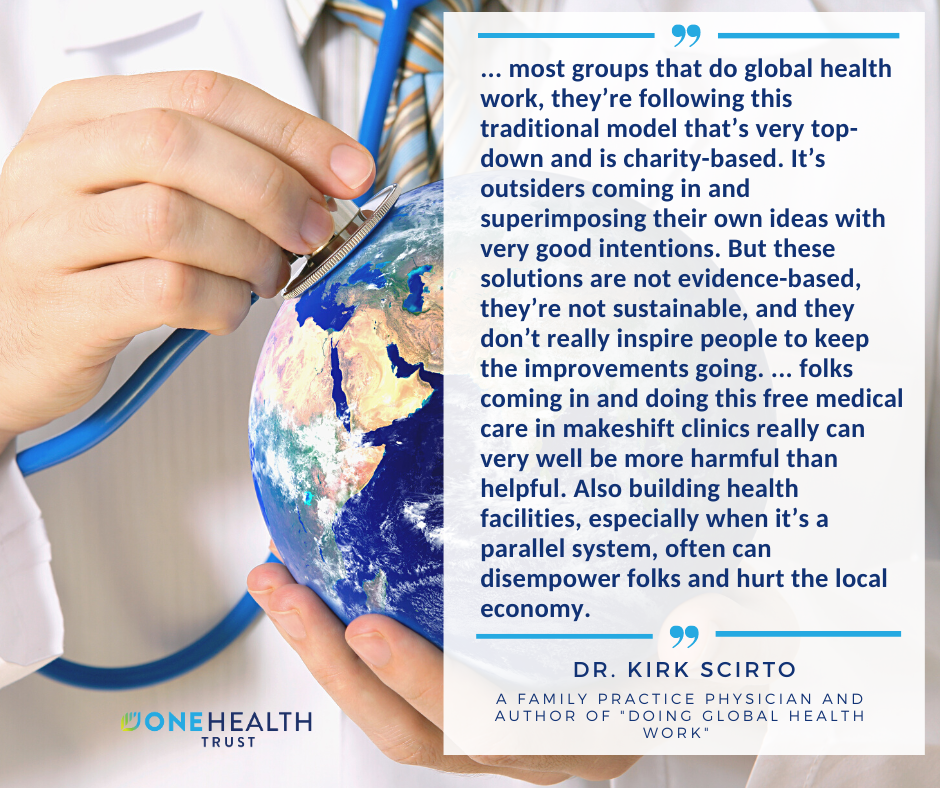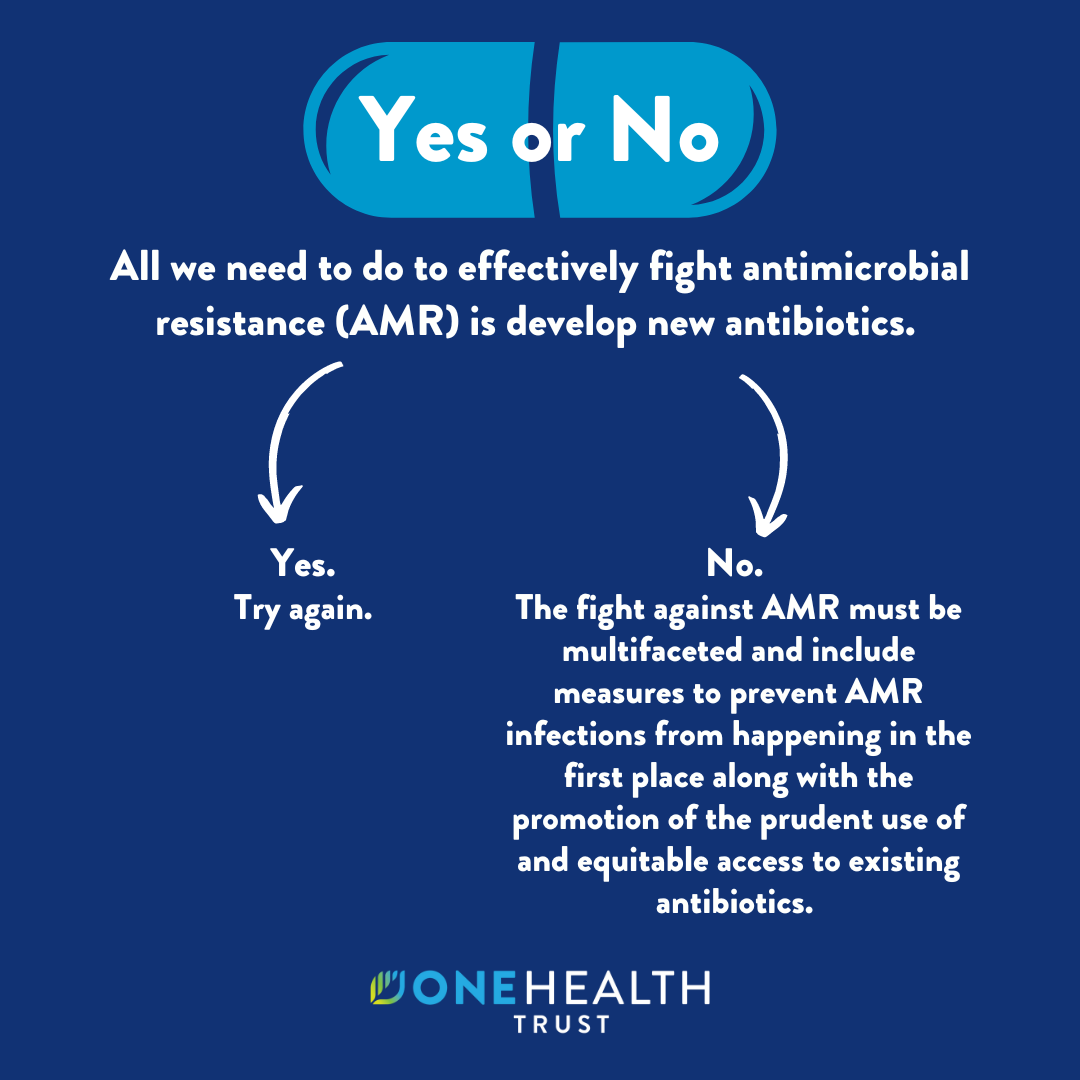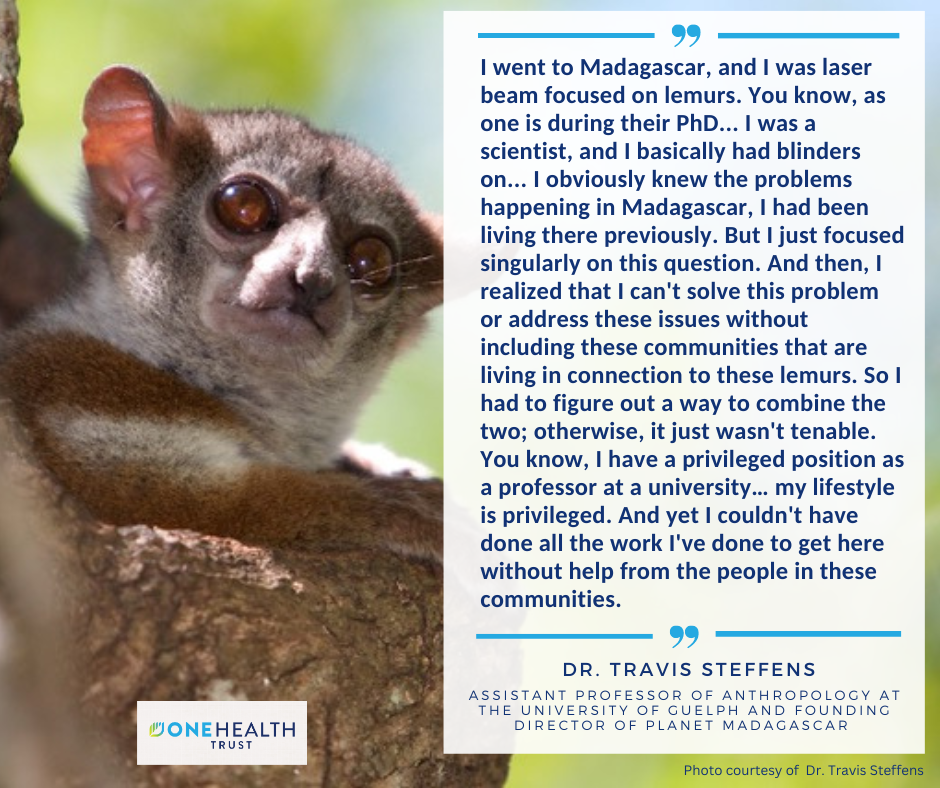
September 13, 2022
Aquaculture
The systematic cultivation of aquatic organisms, such as fish, crabs, shrimp, or mollusks, is known as aquaculture or aquafarming. 17% of all animal protein consumed worldwide comes from aquatic creatures, and fish account for roughly 20% of animal protein consumed per person for more than 40% of the world’s population.
Antimicrobial Resistance
Antimicrobial resistance (AMR) occurs when pathogens adapt over time and acquire drug resistance, making infections challenging to treat and increasing the likelihood that diseases will spread and get worse. AMR is fueled partly by an increase in the use of antibiotics in animals farmed for food. Rising treatment failure rates due to AMR infections in animal production harm both animal welfare and the sustainability of food supplies.
Antibiotics for Fish?
One Health Trust researchers and collaborators estimate that 10,259 tons of antimicrobials were used globally in aquaculture in 2017, and use will increase by 33% to 13,600 tons annually by 2030. The most significant portion (93.8%) of worldwide antimicrobial use in aquaculture is in the Asia-Pacific area, with China alone accounting for 57.9% of use in 2017.
Mitigating Antibiotic Use in Aquaculture
Antibiotic use is being driven in aquaculture by production intensification and the rise of aquatic animal diseases in various farmed aquatic species. Because of crowded farming conditions, a large portion of the antibiotics used in aquaculture is administered to prevent illness rather than to treat infection. The rapidly expanding nature of aquaculture as a significant source of nutrition on a global scale necessitates improved antimicrobial surveillance and stewardship in the industry.

